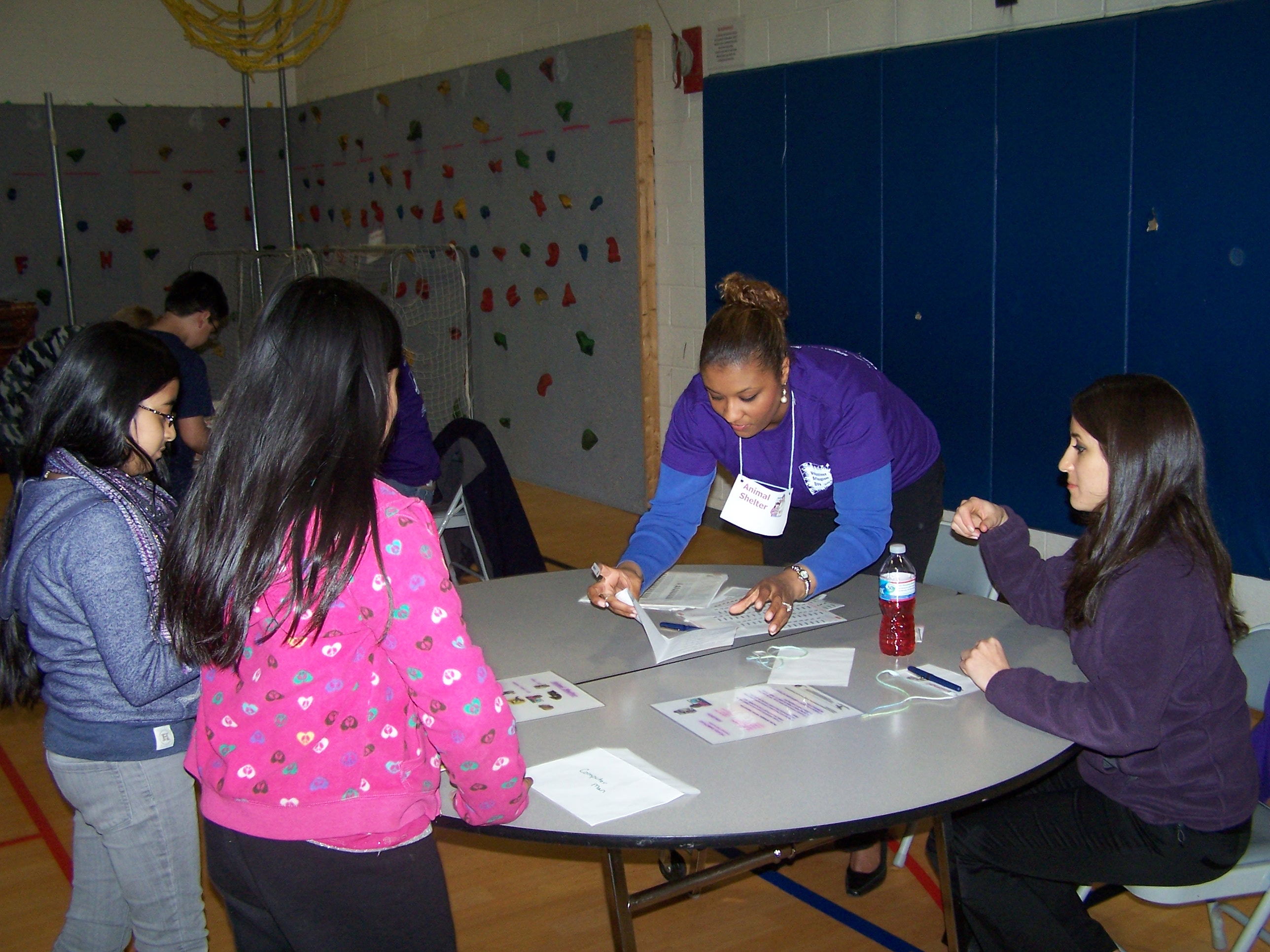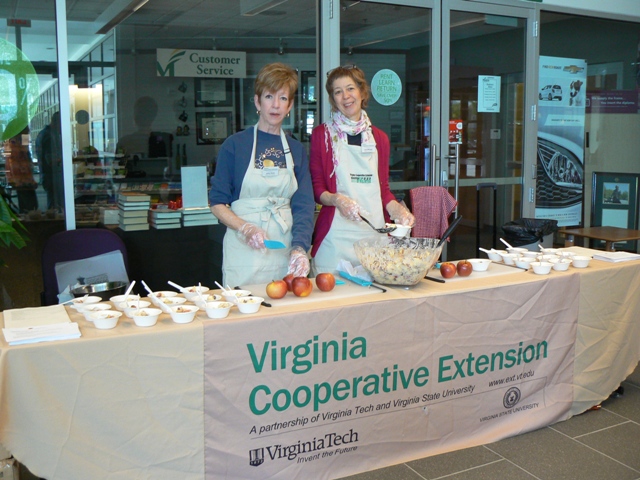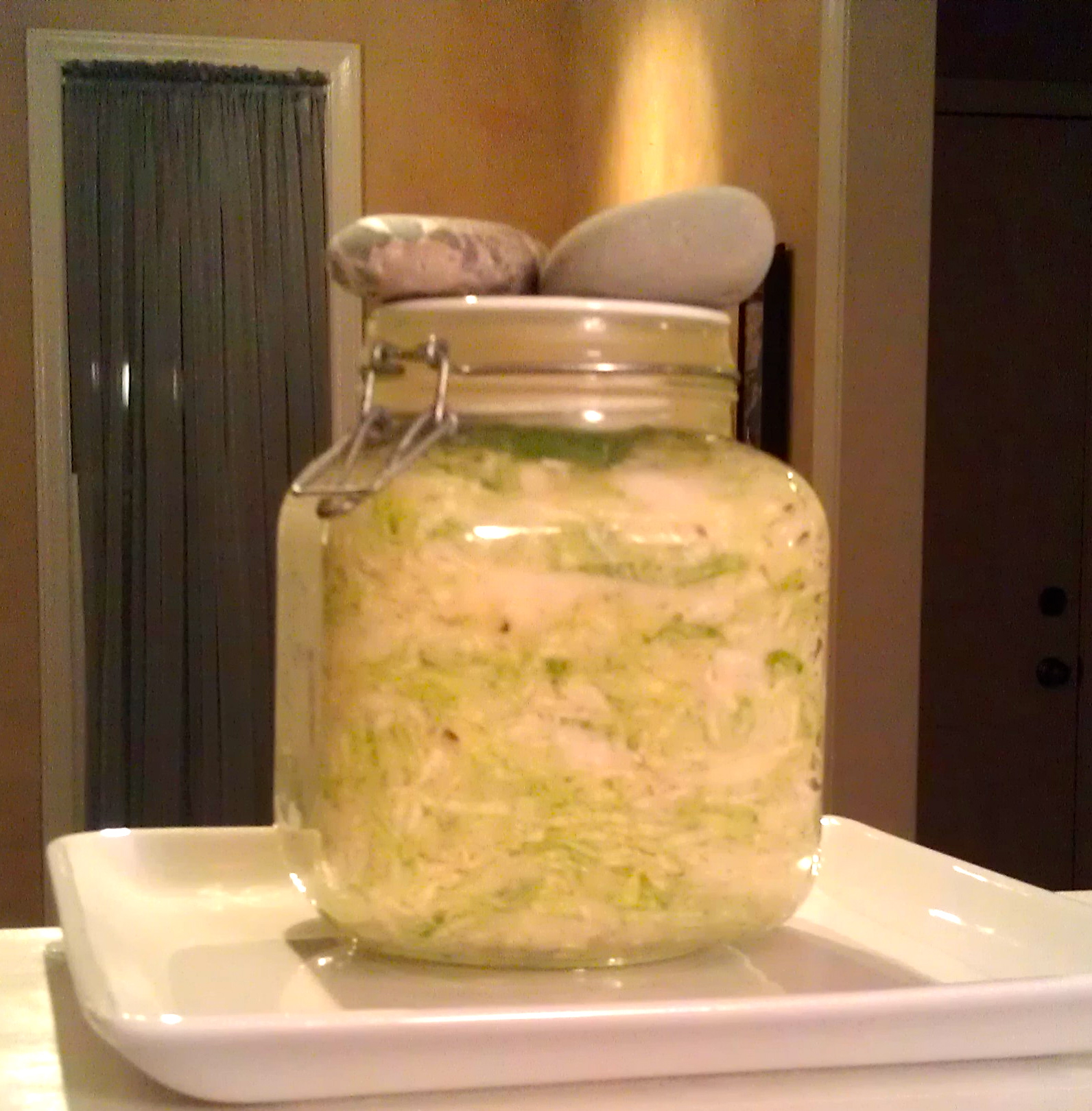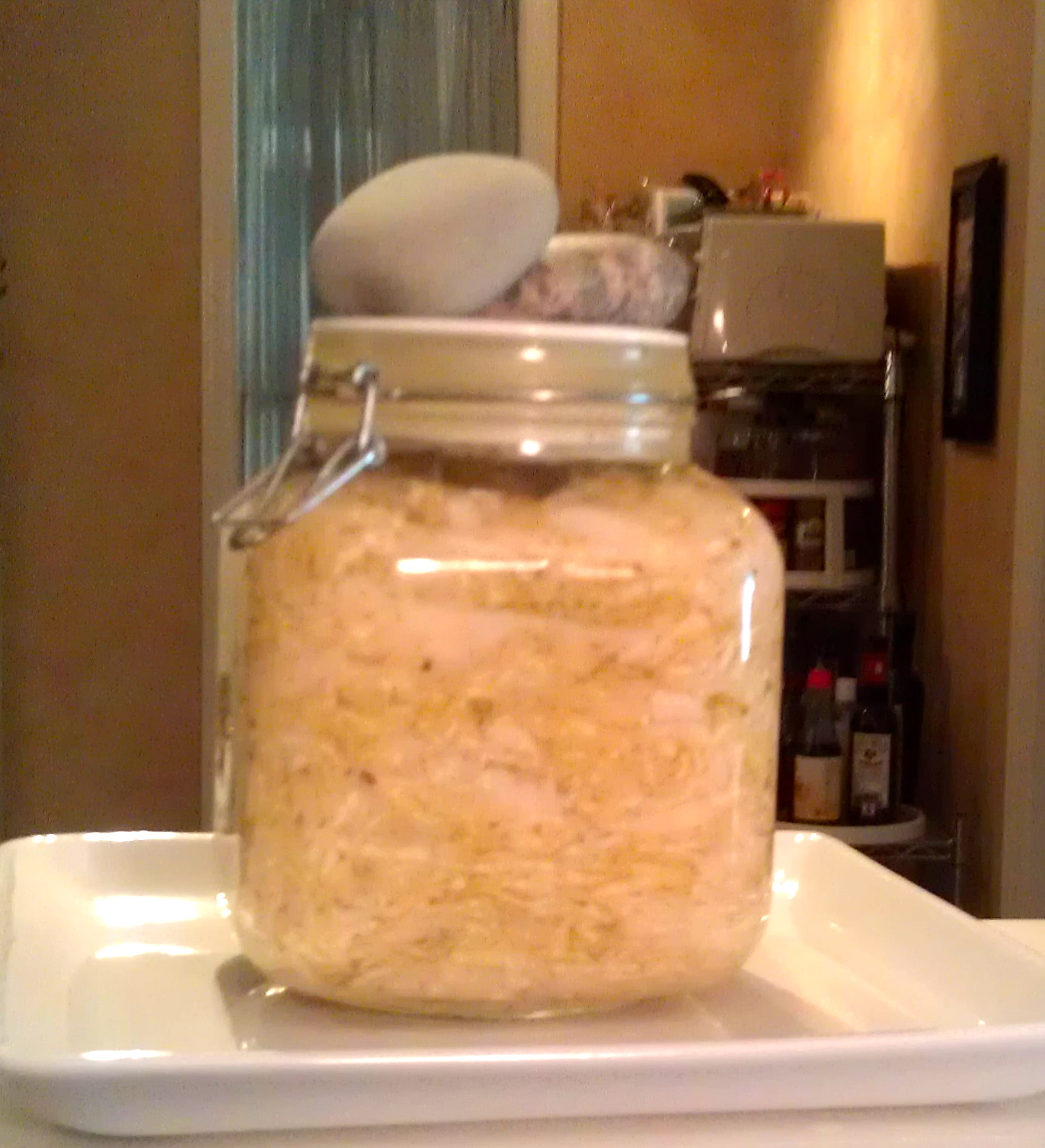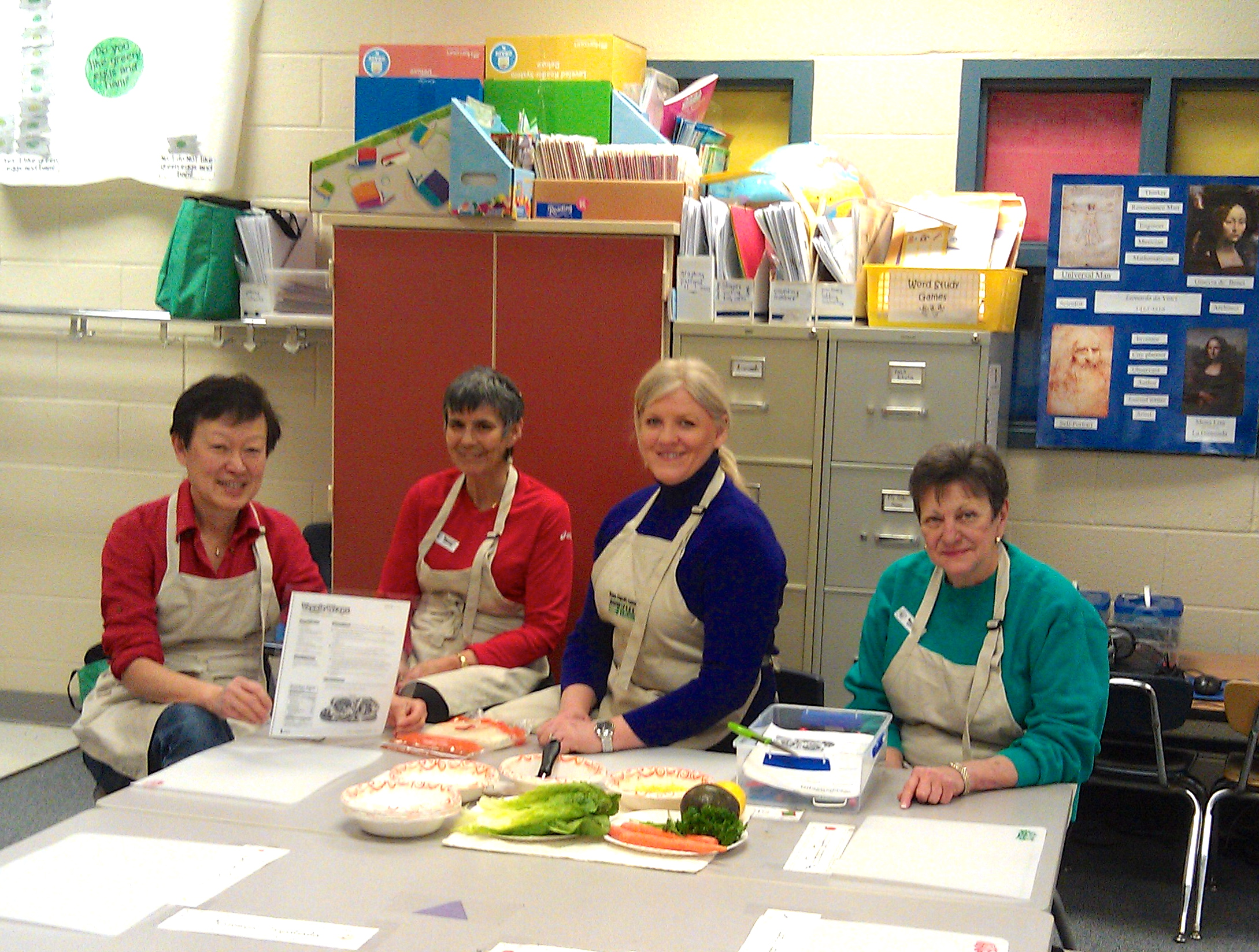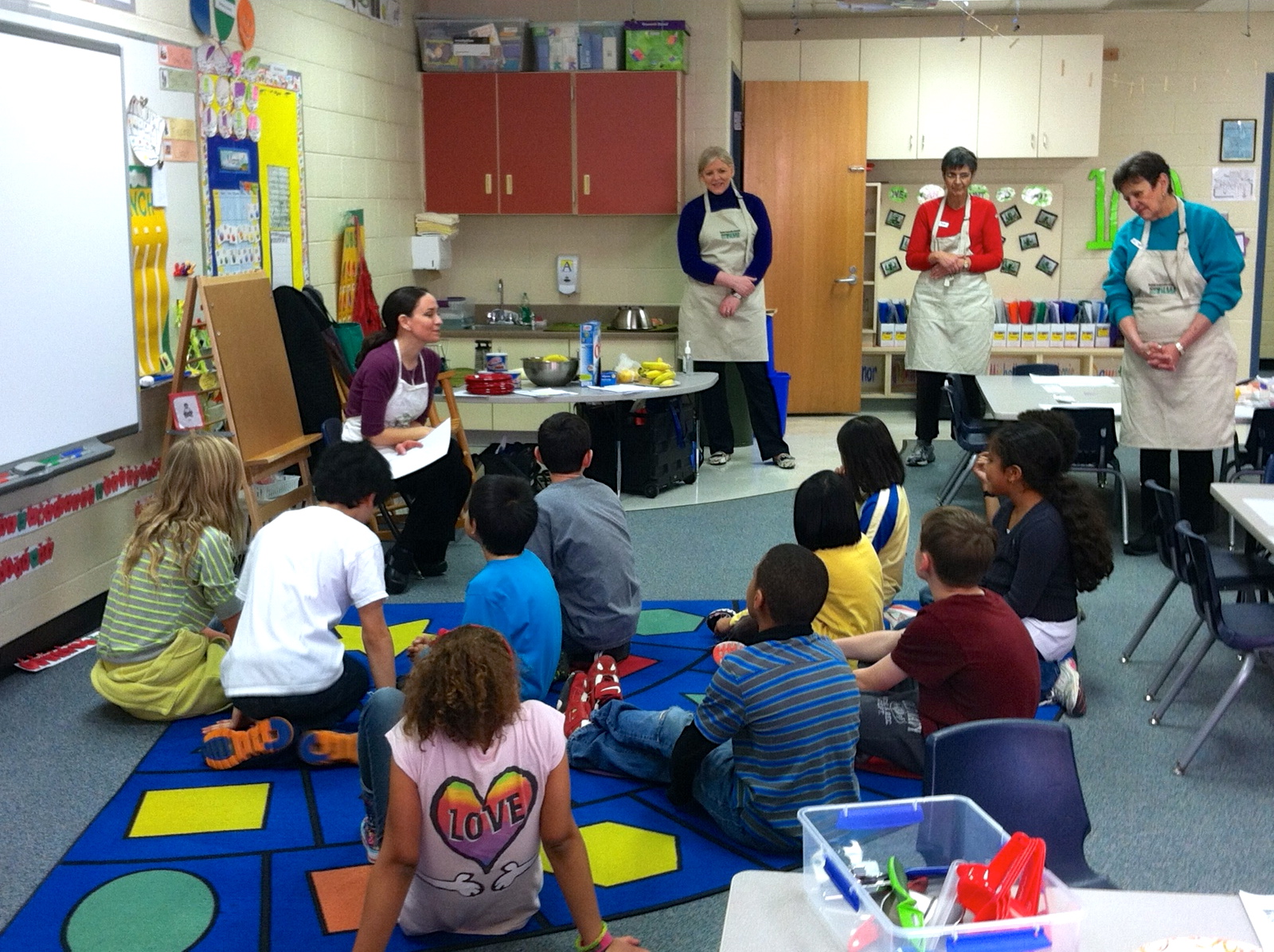If the road to financial security sometimes feels like a donkey trail instead of a superhighway, then part of the reason may be widely held misconceptions that make us take a few wrong turns. Here are five myths almost guaranteed to cause you to stumble.
Myth #1: A home is your best investment. Not necessarily. Just ask the people who bought homes in 2006, only to see the value collapse in 2008. While home values are recovering, they can fluctuate in the wrong direction when you want to sell. In short, a home is not a liquid investment.
A home also means expenses that renters don’t have: insurance, property taxes, replacement of dying furnaces, and weekends at Home Depot. And that glorified mortgage interest deduction on your income tax return? For every three dollars you pay in interest, Uncle Sam may reimburse you for one dollar, but that’s still two dollars of unproductive out-of-pocket expenditure. The solution? Go to your favorite search engine on the Web and type in “rent vs. buy.” You’ll find sites that can help you decide if home ownership is right for you. Just make sure you visit several sites to get the wide angle view of your situation.
Myth #2: A bunch of credit cards makes you look more creditworthy. You would think that a pile of credit cards would demonstrate that lots of people trust you to pay your debts. In reality, multiple credit cards represent large potential debt, thus making a banker hesitant to make a large loan (for a car, house, or whatever) on favorable terms. The solution? Think like a banker. Would you loan money to someone who can max out a lot of cards quickly?
Myth #3: You should invest all of your money in one well-publicized company. Yes, that company could be the next Apple Inc. Or it could be the next Enron. The point is: even the experts get it wrong sometimes, which is why they usually don’t put all of their eggs in one basket. If investing is difficult for pros with research staffs, what chance does the average person have? The solution: a diversified mutual fund having stocks in a variety of industries and low operating expenses. It also helps if the fund hasn’t been in the Securities and Exchange Commission’s doghouse.
Myth #4: To beat inflation, you must invest in high-yielding (and high risk) investments. Financial salespeople will overstate the effect and duration of inflation to scare you into their investment products. Yet, an inflation rate is merely a weighted average of various products, such as housing, fuel, and food. If you don’t drive a car or are not looking for a new house, your personal inflation rate may be pretty low. You don’t need to rush into any investment.
What’s the solution to all this pressure? A little perspective helps. In real dollar terms, we’re better off than we used to be. Electronic equipment is better per dollar spent. Medical care, while expensive, is far more advanced than even twenty years ago. Cars last longer.
Make no mistake: things will cost more tomorrow. But that is no reason to invest in something that gains 20% each year for two years and then wipes out your gain in the third year with a 33% drop. (Do the math; you’ll be surprised.) Like the tortoise, slow but steady wins the race.
Myth #5: You can always trust the advice of personal finance magazines. A famous financial publication once declared a certain mutual fund as being best for the long run. That fund’s parent company no longer exists. Aside from bad predictions, personal finance magazines have an inherent conflict of interest because much of their advertising income comes from the same mutual funds that they write about. How tough would you be on the hand that feeds you? In fairness, the magazines do contain useful historical information. But the solution to trusting them too much is to always be skeptical of their advice for the future. After all, nobody has a reliable crystal ball.
– Phil Neel, Master Financial Education Volunteer
